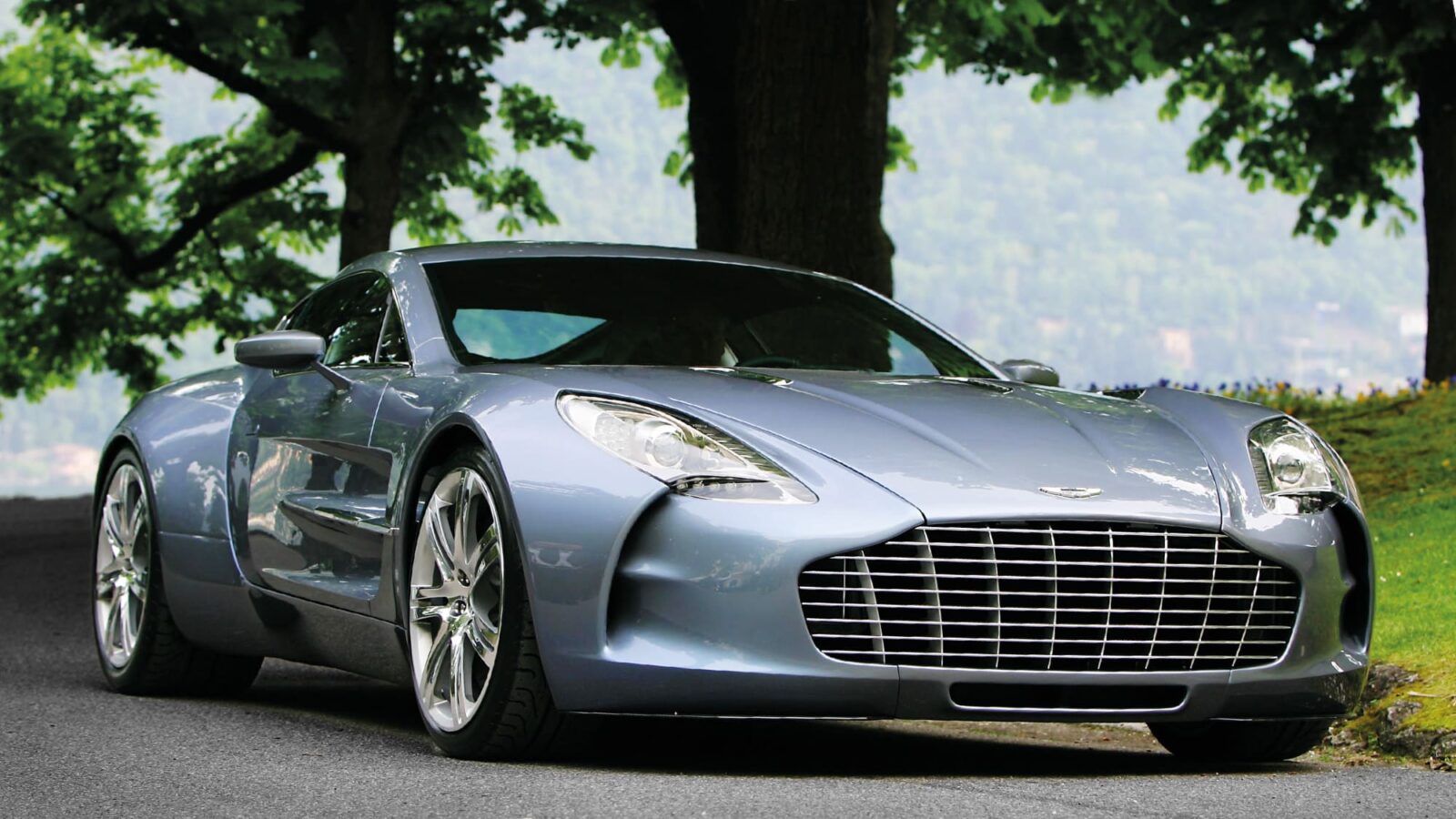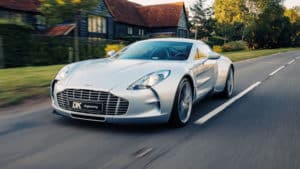Aston Martin One-77: road car buying guide
Keep your Valkyries and Valhallas. When it comes to Aston cool, Robert Ladbrook believes this is the ultimate expression

On launch, the One-77 was the fastest Aston to date, with a recorded top speed of 220.007mph
Even though the late 2000s were blighted by perhaps the worst global financial crisis in history, you wouldn’t have known it looking back at the list of automotive exotica released. To those fortunate enough to have deep pockets, the options were mouthwatering: Bugatti Veyron, Pagani Zonda F, Koenigsegg CCX, Porsche Carrera GT, Ferrari FXX… all insanely styled, fast and expensive.
So, when then-Aston Martin chief Dr Ulrich Bez announced the firm fancied a piece of this ultra-exclusive market and would begin work on an all-new, £1m supercar, perhaps we shouldn’t have been surprised.
Regardless, it came as a shock. Aston at the time had managed to repair its perilous financial state of a decade earlier, largely thanks to the success of first the DB7, then V8 Vantage and DB9 models.
Now on a more stable footing, and with a successful Prodrive-run racing programme showing Aston as a contender in the sporting world with back-to-back Le Mans class wins, why shouldn’t the brand dabble in hypercars?
Aston shunned the idea of simply beefing out a DB9 and opted to start from scratch. To do so, it turned to a racing partner, but not the one you’d think. Aston’s plan was for its supercar to feature race-bred tech at its core, so it went to Multimatic in Canada to have a full carbon fibre monocoque made, backed up by carbon subframes to hold the engine and inboard suspension. The extremely stiff and lightweight base was clothed in aluminium bodywork by Marek Reichman. The end result was an artwork.
And into this pretty package Aston also placed the most powerful naturally aspirated production engine ever (at the time). Taking one of its stock 6-litre V12s as a base, it shipped it off to the engineers at Cosworth for some no-holdsbarred fettling. Cosworth ripped out the existing cylinder liners and internals and fitted its own low-friction internals, upscaling the unit to 7.3 litres and 750bhp in the process.
Aston’s choice was to build just 77 examples. Even before the car was unveiled, all units were reserved with a £200,000 deposit, and the public got their first glimpse of it at the 2008 Paris Motor Show, even if the vast majority of the car remained obscured by a cover.
The One-77 was unveiled fully in Geneva a year later. Not only did it hoover up international design awards it went as well as it looked, hitting 60mph in 3.5sec and a top speed of 220mph. A slightly dodgy gearbox aside, the One-77 set the tone for the somewhat-less-pretty Aston hypercars that would follow in its wheeltracks.
And, fun fact, somebody bought one of the test mule chassis after the One-77’s production ended in 2012 and sent it to the factory to be fitted and finished to perfection – so there are now 78 of these… Pah, common as muck.
 One for sale
One for sale
2009 Aston Martin One-77
With two previous owners and 1200 miles on it, this won’t hang around long.
£POA
dkeng.co.uk
Aston Martin One-77 statistics
Price new £1.2m
Price now £2m-plus
Engine 7312cc AM-Cosworth V12
Rivals Pagani Zonda F, Porsche Carrera GT, Ferrari FXX, Bugatti Veyron
Verdict Possibly the best-looking and most exclusive Aston of all time? Let the arguments begin
 One for sale
One for sale